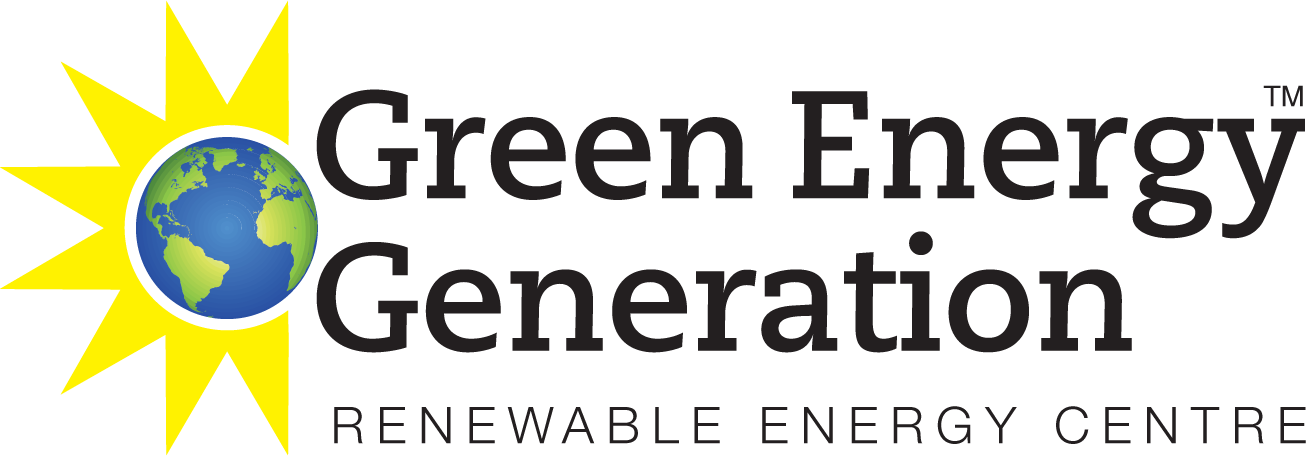Solar Thermal

Solar thermal systems available today offer efficiency and reliability. They can be applied in different conditions to meet space- and water-heating requirements in the residential, commercial and industrial sectors. The development of these systems due to the unlimited supply of sunlight means they are a viable method for providing a good proportion of your homes domestic hot water and can also contribute to space heating.

What are solar thermal heating systems?
Solar thermal heating systems use free energy from the sun to warm domestic hot water. A conventional boiler or immersion heater can be used to make the water hotter or to provide hot water when solar energy is reduced during the winter months.
How does solar thermal heating systems work?
Solar thermal heating systems start with a collector (solar panel) which is mounted to the roof. Water is then fed from the properties gas or electric water storage tank past the solar thermal collectors to be heated. Coils of copper pipe inside the collector heat up, and then transfer a non-toxic liquid which is slowly moving inside of them. When the liquid is hot enough it then flows down through pipes to heat the water for the house through a heat exchanger. Collectors are mounted to the roof of a southerly facing property with an optimum angle of 30° which is most British roofs, as they require heat from the sun to function.

There are two types of solar water heating collectors:
 Evacuated tubeswhere the tubes in the collector are clearly showing |
 Flat plate collectorsflat solar panel looking collectors which are mounted to roof tiles or used in integrated systems, sitting flush to the roof. |
A boiler or immersion heater can be used to heat water further to a designated temperature if the solar heating is not hot enough. The boiler gets set to come on at a time in which the heat from the sun is no longer available to heat the water, and goes off when the heat from the sun is available again; the boiler or immersion heater acts as a backup supply for the solar.
Once the water has been heated it is then stored in a hot water cylinder, or fed into the property via pipes for use. Initially the whole is a very high tech version of leaving the garden hose outside sitting in the sun.
A solar thermal system can heat up to 60% of a home hot water needs and because hot water can be accounted for around 20% of bills, these systems can offer great savings as well as payments through the RHI which is due to be released September 2013.
Benefits of solar heating
The system works all year round therefore producing hot water throughout the year, though in winter months the water will need to be heated further with an immersion heater or boiler during the winter months.
Sunlight is free energy, so once the initial outlay for the cost of the installation is paid, your hot water costs will rapidly be reduced, cutting your bills.
Solar hot water is a green renewable heating system and can reduce your carbon dioxide emissions, cutting your carbon footprint.
Costs

A typical solar water heating system can cost a homeowner anything from £4,800 +. Savings are pretty moderate as the system could provide the majority of the hot water in the summer months but not as much in the winter period. Typical savings from well insulated and properly used systems are about £55 per year when replacing gas heating and about £80 per year when replacing electric immersion heating.
Typical carbon savings are around 230KGCO2/year when replacing gas and 510KGCO2/year when replacing electric immersion heating.
Solar thermal is a good source of heating production for many reasons, but due to the energy from the sun being free and unlimited, the energy usage on the non renewable technologies in the home such as gas or electric will fall dramatically, therefore saving you money on your energy bills.

Components of a solar hot water system
The components of a solar hot water heating system work in a circular loop, constantly feeding cold water in and pumping hot water out through interconnecting pipes. There are three main parts of the system involved in this process and these are:
Solar Thermal Collectors - used to capture the suns solar thermal energy and heat the water.
Gas or electric water storage tank - used to house the properties water, pumping any cold water past the solar thermal collectors for heating, and sending the heated water into the house for usage in water, bathing and heating facilities.
Electric or gas boiler - used to maintain a constant level of heat in your storage tank so there is always a ready supply of hot water, even when there is no sun available.


